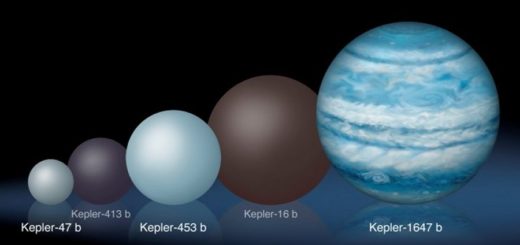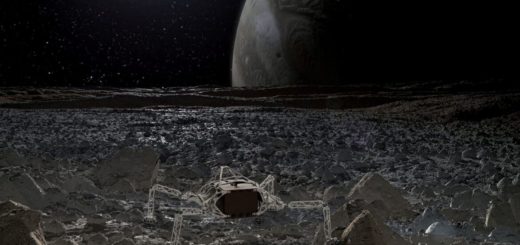Is There Genetic Ancestry Between Mars And Earth? – Maybe Someday We’ll Know The Truth

Are we all Martians?
According to many planetary scientists, it’s conceivable that all life on Earth is descended from organisms that originated on Mars. So, if there is life on Mars, Martian species may share genetic roots with life on Earth.
More than 3.5 billion years ago, a blitz of meteors ricocheted around the solar system, passing material between the two fledgling planets. This galactic game of ping pong may have left bits of Earth on Mars, and vice versa, creating a shared genetic ancestry between the two planets.
A team of scientists, Christopher Carr, a research scientist in MIT’s Department of Earth, Atmospheric and Planetary Sciences; Gary Ruvkun at Massachusetts General Hospital (MGH) and Maria Zuber, the E.A. Griswold Professor of Geophysics and MIT’s vice president for research, are building a DNA sequencer that perhaps one day, will be sent to Mars, to analyze soil and ice samples for traces of DNA and other genetic material.
The DNA-sequencing microchip has been exposed to radiation doses similar to those that might be expected during a robotic expedition to Mars.
After exposure to such radiation — including protons and heavy ions of oxygen and iron — the microchip analyzed a test strain of E. coli, successfully identifying its genetic sequence.
The microchip can survive up to two years in space — long enough to reach Mars and gather data there for a year and a half, according to the team’s results.
“Over time on Mars, a chip’s performance could degrade, reducing our ability to get sequence data. The chip might have a higher error rate, or could fail to function at all,” Carr says.
“We did not see any of these issues [in our tests]. … Once this chip has been through two years of a Mars mission, it still will be able to sequence.”
See also:
Advanced Alien Civilizations Could Live In Globular Star Clusters
Super Aliens May Already Live Inside Supermassive Black Holes
Plasma Aliens Could Live Inside “Black Clouds”- Extraterrestrial Life Can Be Stranger Than We Even Dare To Imagine
To detect such subterranean life, a DNA-sequencing instrument on the surface of Mars would have to withstand temperature swings and steady exposure to space radiation. Such exposure could cause chips to report false positives, for instance, or to record extra bases in DNA sequences.
First, scientists performed electrical testing on chips and then, exposed the chips to various levels of radiation. Finally, they loaded each with DNA fragments from E. coli. Despite their exposure to radiation, the chips were a ble to analyze DNA and correctly identified the bacterial sequences.
“These chips are great candidates to do sequencing on Mars without any modifications that we know of right now,” Carr says. “We essentially see no impact from radiation. That was a critical thing for us to show.” The results suggest genetic sequencing may be a viable process in space, especially in such places as Jupiter’s moon Europa, where liquid oceans may harbor signs of life.
However, more promising are places like Enceladus, a moon of Saturn that is thought to be in a potential habitable zone, and that has much less intense radiation, Carr says.
“I do think we’ll see DNA sequencing in space at some point,” Carr says. “Hopefully we’ll get a chance to be a part of that.”



 Creators of mankind
Creators of mankind Description of “Tall white aliens”
Description of “Tall white aliens” Where they came from?
Where they came from? About hostile civilizations
About hostile civilizations The war for the Earth
The war for the Earth “Tall white aliens” about eternal life
“Tall white aliens” about eternal life Video: “Nordic aliens”
Video: “Nordic aliens” Aliens
Aliens Alien encounters
Alien encounters The aliens base
The aliens base UFO
UFO Technology UFO
Technology UFO Underground civilization
Underground civilization Ancient alien artifacts
Ancient alien artifacts Military and UFO
Military and UFO Mysteries and hypotheses
Mysteries and hypotheses Scientific facts
Scientific facts


















